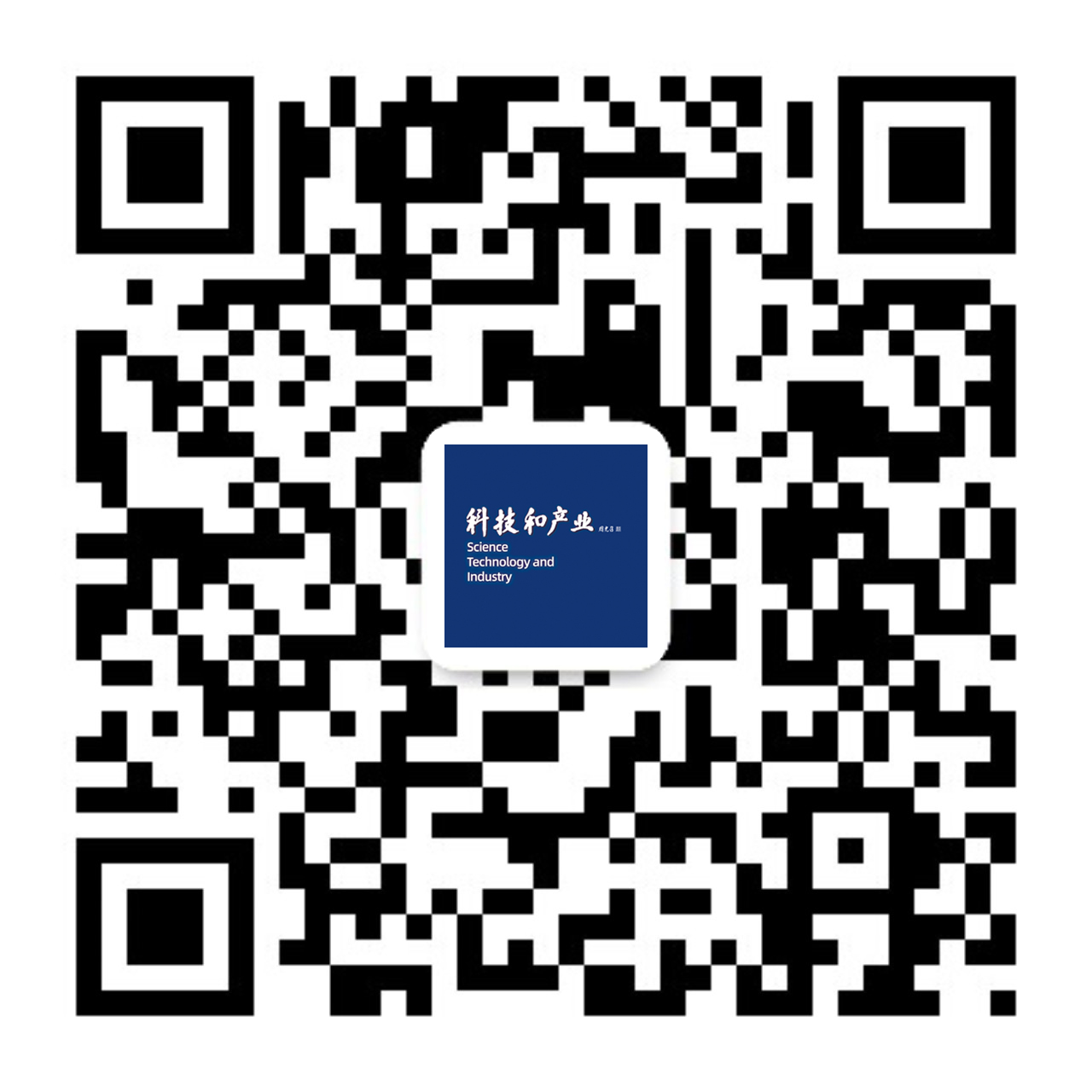“明知而故犯”,还是“及时止损”? ——考虑责任式创新的人脸识别技术公众接受度研究
作者:
作者单位:
上海大学
作者简介:
通讯作者:
中图分类号:
G315;F426
基金项目:
国家自然科学基金面上项目“责任式创新的触发机理与驱动机制:政府与企业、公众互动的视角”(72174116);上海市“科技创新行动计划”软科学研究计划重点项目“科技安全典型案例与上海分级分类管理机制研究”(23692127200);上海市“科技创新行动计划”软科学研究项目“‘AI+’背景下生物医药负责任创新的国际经验与上海策略研究——以虚拟临床试验为例”(24692107300);上海海关学院科研启动经费项目“海关口岸疫情防控优化策略研究”(2315039A2023)
“Knowingly Violate” or “Timely Stop”? The Public Acceptance of Face Recognition Technology Considering Responsible Innovation
Author:
Affiliation:
Shanghai University
Fund Project:
引用本文
卢超,姜珊珊,成奕颖,郁姣娇.“明知而故犯”,还是“及时止损”? ——考虑责任式创新的人脸识别技术公众接受度研究[J].技术经济,2025,44(6):125-138.
复制相关视频
分享
文章指标
- 点击次数:
- 下载次数:
- HTML阅读次数:
历史
- 收稿日期:2024-06-16
- 最后修改日期:2025-06-17
- 录用日期:2024-10-21
- 在线发布日期: 2025-06-27
- 出版日期:
文章二维码

您是第 位访问者
电话:010-65055536, 18515632865 Email:jishujingji@cste.org.cn
地址:北京市海淀区学院南路86号(100081) 邮政编码:80-584
ICP:京ICP备05035734号-5
技术经济 ® 2025 版权所有
技术支持:北京勤云科技发展有限公司
电话:010-65055536, 18515632865 Email:jishujingji@cste.org.cn
地址:北京市海淀区学院南路86号(100081) 邮政编码:80-584
ICP:京ICP备05035734号-5
技术经济 ® 2025 版权所有
技术支持:北京勤云科技发展有限公司



